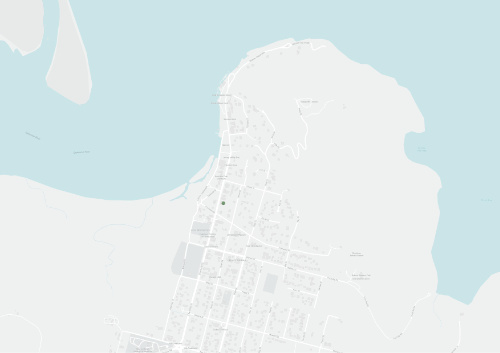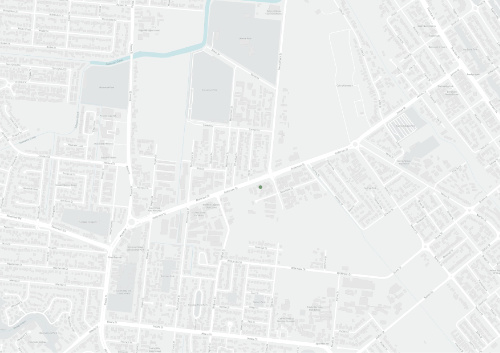Marine debris consists of discarded or lost unnatural objects that enter coastal and marine environments and persist over time, where they can affect marine life and accumulate on beaches. Debris commonly found in northern Australian marine waters includes plastic bags, bottles, ropes, fishing gear, medical waste, aluminium cans, buoys and thongs. The majority of this debris comes from the land via water runoff or stormwater drains, or has been blown or washed in from coastal areas. The remainder comes from garbage illegally disposed of at sea.
Coasts / Marine
Related Content
Any activity that occurs under the sea has the potential to generate noise pollution that disrupts marine animals. The most significant sources of damaging noise are seismic surveys, blasting, construction and sonar devices. Animals that are the most sensitive to underwater noise are those that use echolocation or sonar for feeding and navigation. Dolphins appear to be particularly sensitive to high-pitched noises, such as those caused by pile-driving or drilling, and can be affected from distances of up to 1-2 km. Whales tend to be affected by deeper sounds.
Over the past several months, community members in south-east Cape York have come together during five interactive workshops to develop the Cape York Reef Community Action Plan (CAP).
The workshops included community events held in Wujal Wujal, Cooktown and Hope Vale, as well as a school workshop at Endeavour Christian College and a school holiday session with young Reef enthusiasts, and were well attended by a range of community members including Traditional Owner Groups, land managers, scientists, local council members and ranger groups.
Has it been a soggy start to 2021 for most across Cape York Peninsula? It is wonderful to see so much of the landscape come alive early on in the year, and it is certainly flourishing. March flies, mozzies and flying ants are out in force making sure we all know that the rainy season has embraced us.
Following quite a short-lived wet season for three quarters of our region in 2020, I am sure the consistent rainfall is welcomed by those who are receiving it.
Those living and working on the land, with so much rainfall unfortunately comes the erosion, washouts and damage.
In early November, global leaders met in Glasgow at COP 26 (Conference of the Parties 26) to seek agreement on a path to limit global warming to 1.5 degrees celsius.
Almost 200 countries were asked for their plans to cut emissions as a means to reduce current and future climate impacts.
A generous donation of 50 turtle nest cages by two businesses, Hickey’s Metal Fabrication, and Specialised Brake and Clutch Service, to the Pormpuraaw Land and Sea Management Rangers (Pormpuraaw Rangers) will help the next generation of endangered olive ridley turtles survive.
Staff from the Penrith, NSW - based businesses donated time and materials to the effort which was organised by Specialised Brake and Clutch Service’s Kevin Gavin.
‘Everyone was very pleased to help,’ he said.
2019–2020 has been a big year for the Biodiversity and Fire Program. After a number of staff changes, the team now consists of Biodiversity and Fire Program Manager Kerri Woodcock who is based in Cairns, and Biodiversity Officer Dr Helen Penrose, and Community Engagement Officer Joey Dix who are both based in Cooktown.
The intention of the Reef Water Quality Protection Plan 2009 was to ensure that the water quality of the Great Barrier Reef Lagoon was improved by addressing non-point source pollution caused by large-scale land use along the eastern coastline.

